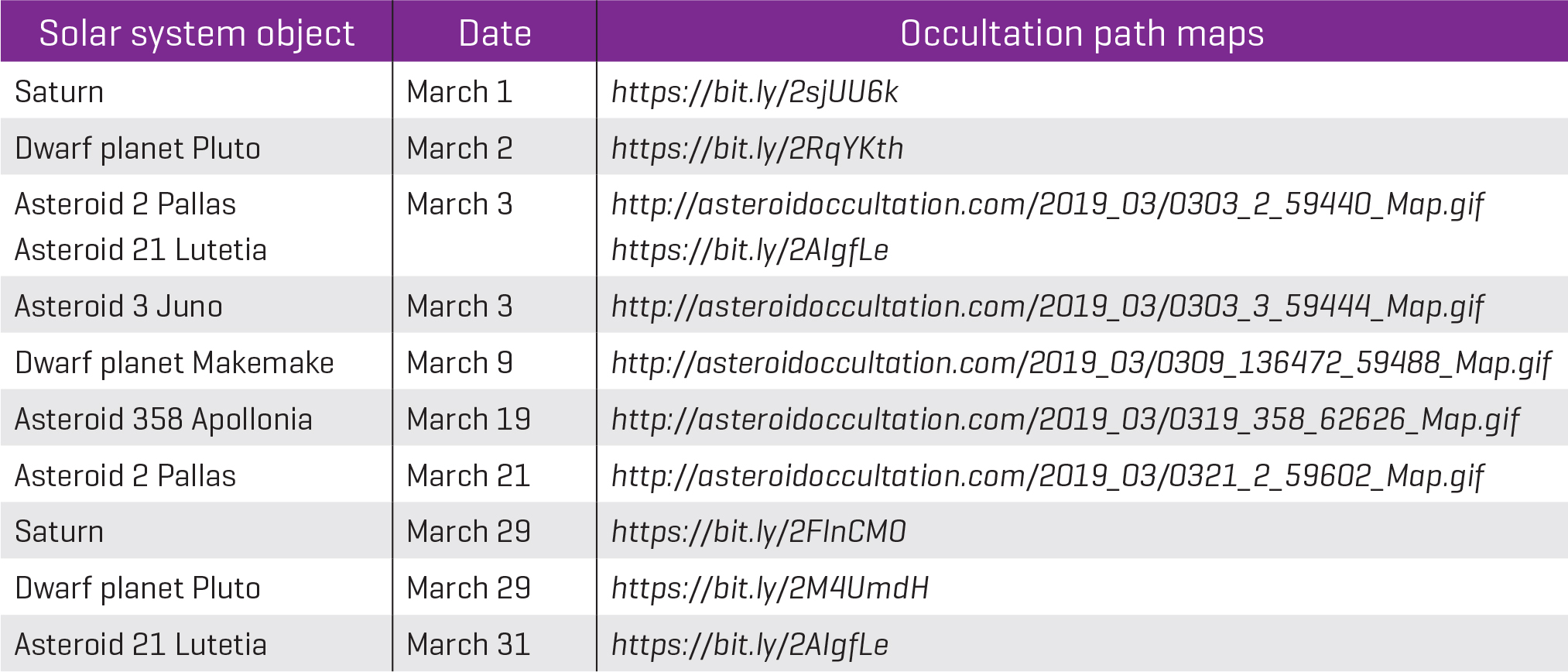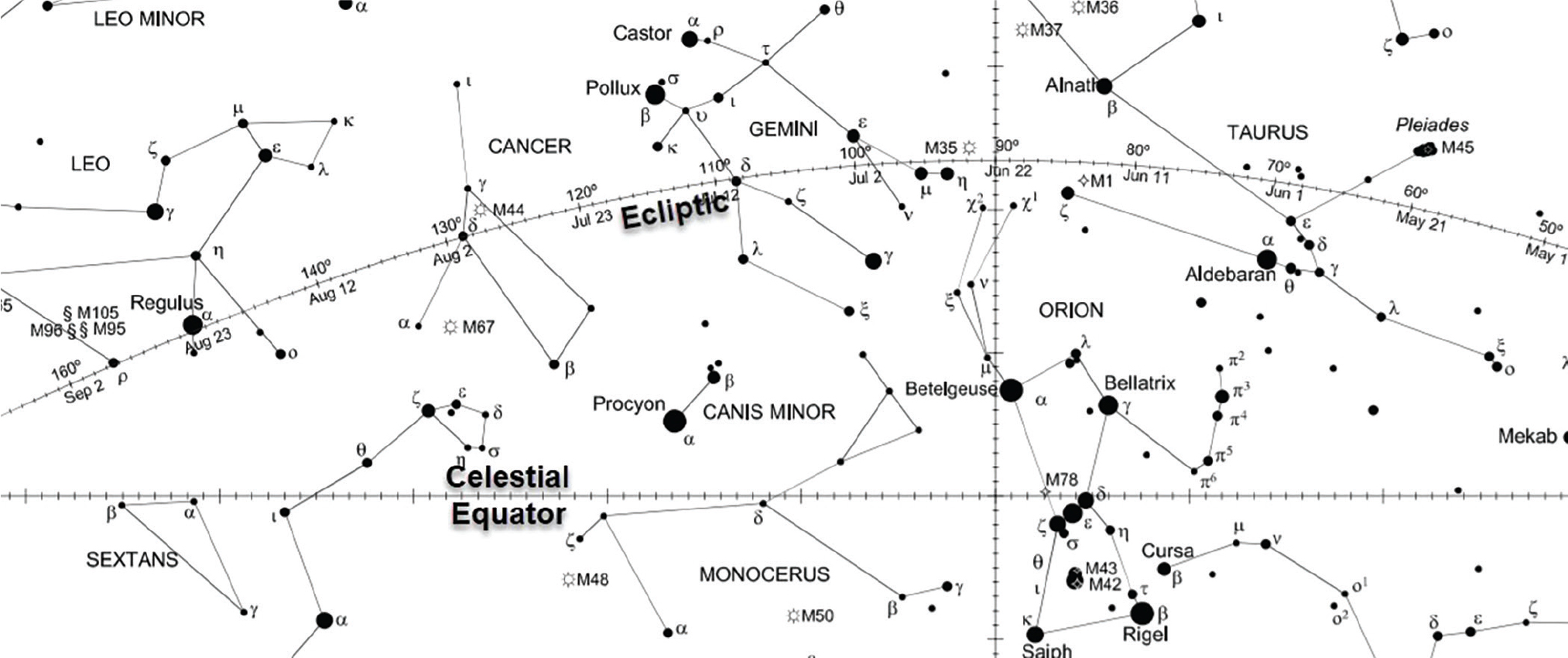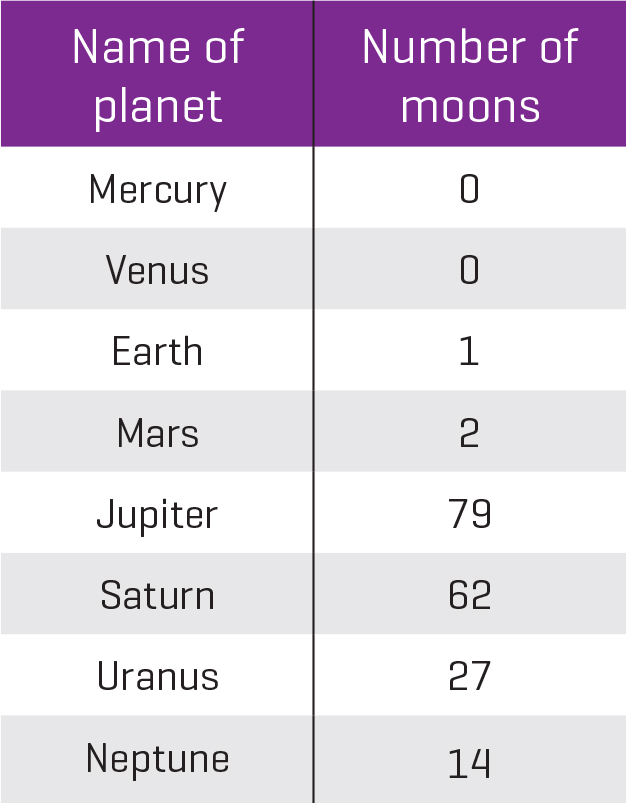Scope on the Skies
Occultations and Eclipses
By Bob Riddle
Astronomy throughout the year
In astronomy, an occultation occurs when something between you and a distant object blocks your view of that distant object. Occultations are regular, predictable events because planets, dwarf planets, moons, and asteroids orbit the Sun and pass in front of stars in the background. Our Moon occults, or eclipses, the Sun four to six times each year. If you are within the path of the Moon’s shadow, you will see a total eclipse. If you are within the viewing area of a solar eclipse but not within the path of the Moon’s shadow, you will only see a partial eclipse of the Sun.
Viewing an occultation of a star has a similar geographic requirement. However, to view a total solar eclipse, you must be within the 100- to 274-kilometer-wide (60 to 170 mi.) shadow of the Moon. To view an occultation of a star, you must be within a path of occultation that is only a few miles wide along the Earth’s surface. If you are not within the path, then you may experience a grazing occultation or a conjunction, depending on your distance from the path of occultation. Lunar conjunctions occur when the Moon is within a few degrees of a planet or star, while planetary conjunctions occur when a planet is within a few degrees from a star or planet. But there are exceptions. During the July 2011 occultation of the star LQ Aquarii by Double Asteroid 90 Antiope, the occultation path was up to 125 miles (200 km) wide.
Unlike a solar eclipse, there is no shadow path in occultations. So, what do you see? Because planets appear star-like when either is occulted, they disappear from view as the occulting object passes across our line of sight. The length of the occultation depends on the apparent size of the occulting object and the angle at which it moves relative to the star being occulted. The star reappears on the opposite side of the occulting object moments or minutes later.
Observing occultations plays an important role in astronomy. In possibly the most famous stellar occultation, rings were discovered around the planet Uranus during its occultation of a distant star. As Uranus occulted, the light from the star flickered on and off before and then after the star was behind the disk of the planet (see Resources). Similarly, comparing observations from different locations along the path of stellar occultations has also allowed us to determine the shape of distant asteroids (see “The Shape of Things” in Resources).
Every month, our Moon and asteroids are usually involved with occultations and conjunctions, often with the same stars and planets on a regular basis. The Moon’s orbital path is tilted about 6° from the Earth’s orbit, called the ecliptic, so the Moon is always somewhere close to or on the ecliptic (see Figure 2). Several stars are also on or near the ecliptic and may cause an occultation or conjunction. The seven other planets have orbital path inclinations ranging from 0.77 for Uranus to 7.01 for Mercury, making them occultation and conjunction candidates as well. Farther away from the ecliptic, where many asteroid orbital paths are located, stars are regularly occulted by asteroids.
Occultations in March 2019
Several occultations occur this month, including two lunar occultations with the planet Saturn, dwarf planet Pluto, and two asteroids (see Figure 1). These occultations occur at the beginning and end of the month. Several asteroids also have occultations with stars this month. While none of these occultations will be visible from our part of the Earth, students could examine the occultation path to generate interest in observing an occultation or learn more about the countries located along the paths of the occulations.


The moons in our solar system
An eclipse involving the Earth, our Moon, and the Sun is determined by the arrangement of the three objects. All Sun-orbiting objects with moons will, at some point in their respective orbit, experience eclipses of the Sun by their moon. Planets are not the only objects with moons; many minor planets (including asteroids, dwarf planets, and Kuiper belt objects) have a moon. There are currently around 330 moons discovered in orbit around various minor planets, including 143 main belt asteroids and 63 near-Earth asteroids. Some of the minor planets have more than one moon, while dwarf planet Pluto has five moons. Minor planets with a moon are known as binary minor planets, while those with three moons are known as trinary minor planets.
In 1994, during the Galileo mission to Jupiter, the first asteroid with a moon was discovered. As the spacecraft passed through the main asteroid belt it took images of the asteroid Ida and its one-mile-long (1.6 km) moon, which was later named Dactyl (see Figure 3). When the size difference between the objects is large, (Ida is 10 miles [16 km long], the larger object is sometimes called the primary and the smaller called the secondary. If the objects are about the same size, it could be called a double asteroid.

The number of known moons orbiting the eight planets in our solar system changes sporadically, as new discoveries are made from examining mission data or from current observations. Recently, another 12 moons orbiting Jupiter were discovered, bringing that planet’s known moon total to 79 (see Figure 4). Two of the eight planets, inner planets Mercury and Venus, do not have any orbiting natural satellites. It is thought that gravity plays an important role in why these two planets do not have a moon. They are too close to the Sun, and it is likely that any moon that may have formed with the planet or inbound from the outer solar system would be caught in the more powerful gravitational field of the Sun and pulled into the Sun.



